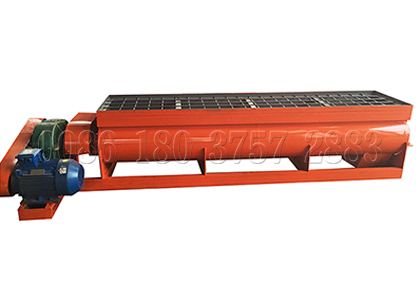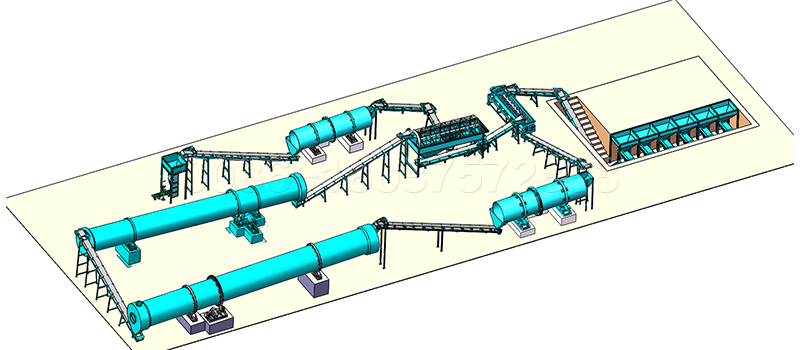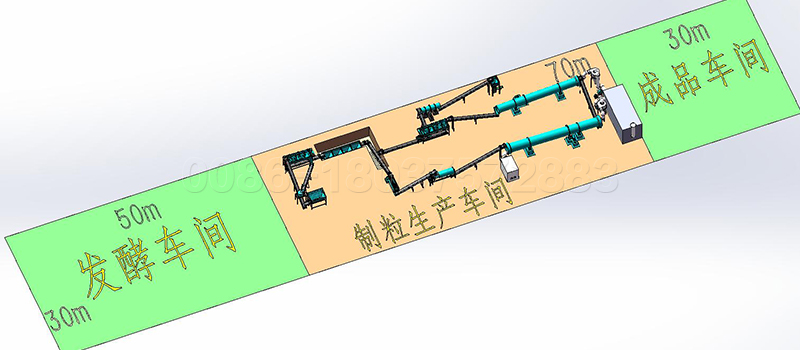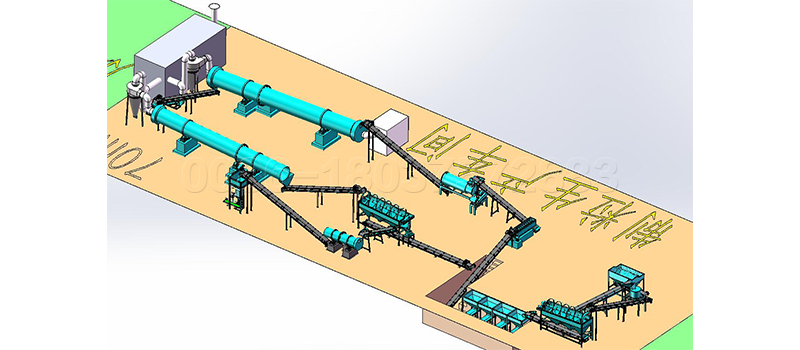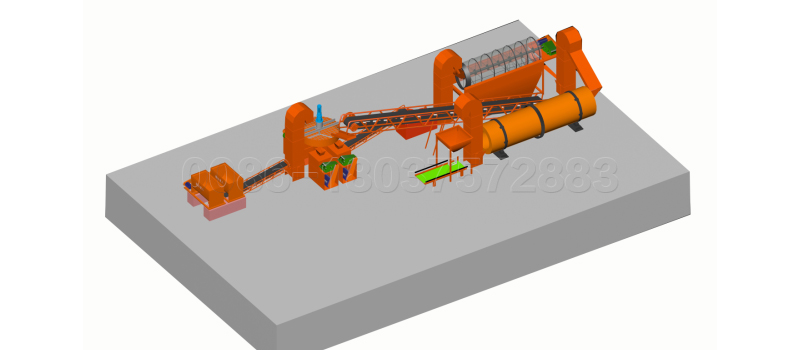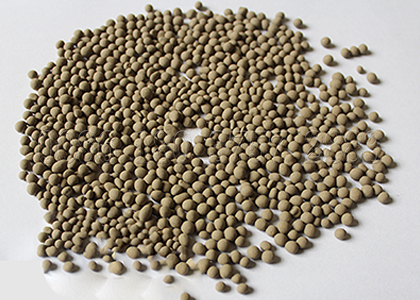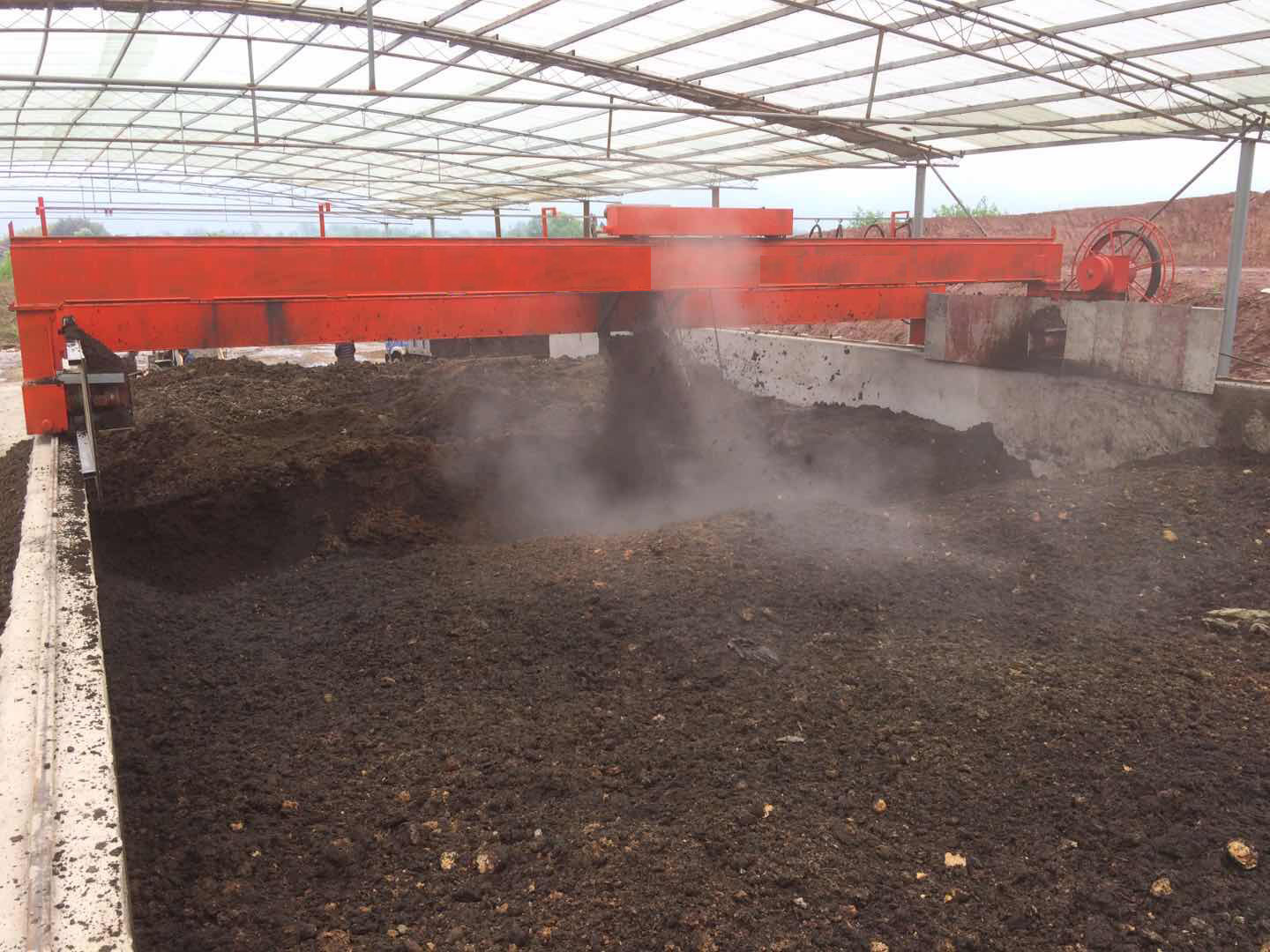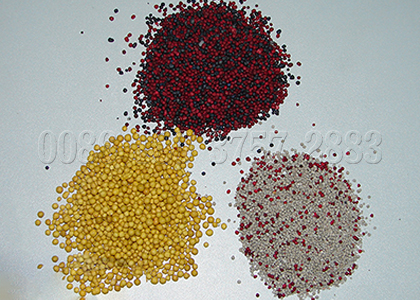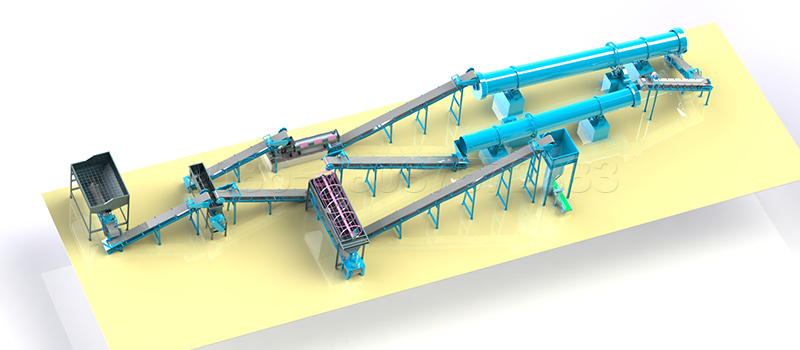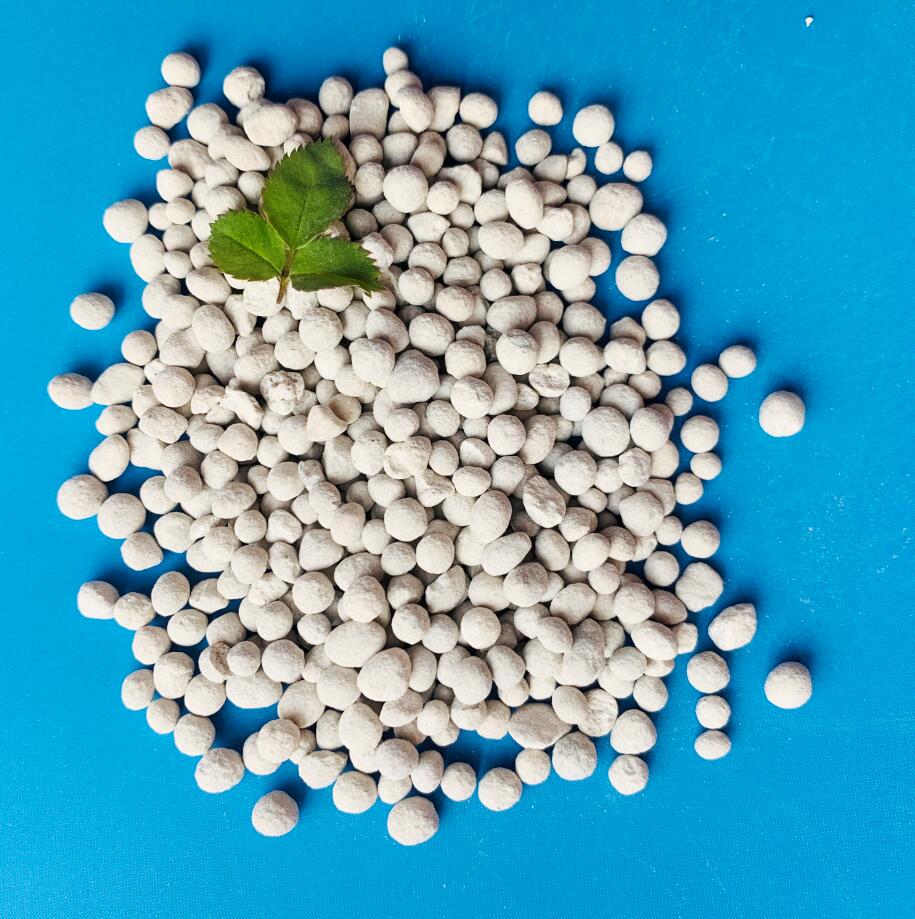The main potash fertilizers on the market include potassium nitrate, potassium sulfate, potassium phosphate, potassium chloride, etc. What are the characteristics of various potash fertilizers and their “small temper”. Only by understanding their differences can they be better used.
Today, let’s meet them:
1. Potassium nitrate
Potassium nitrate contains 13.5% nitrate nitrogen and 46% potassium. It is a chemical neutral and physiological neutral fertilizer with good water solubility. Long term use will not lead to soil acidification. It is suitable for coloring vegetables and fruit trees at the initial stage of growth, and can promote the expansion of pulp cells. Because it contains nitrate nitrogen, it is not recommended to use later coloring, which is easy to turn green.
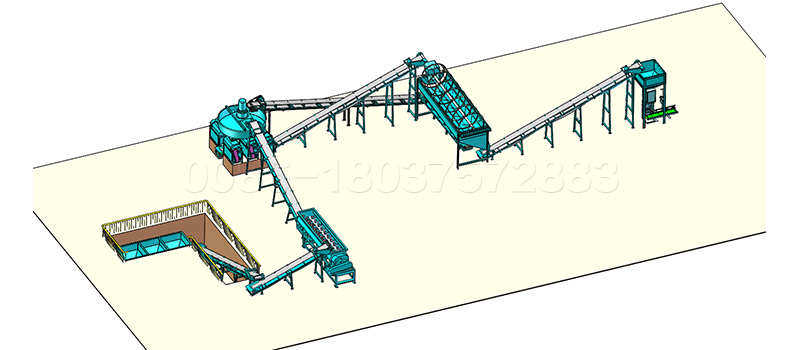
2. Potassium dihydrogen phosphate
Potassium dihydrogen phosphate contains 52% phosphorus and 34% potassium. It is a chemically neutral and physiologically neutral fertilizer with good water solubility. Generally, it can be used to promote root germination and flower bud differentiation before and after flowering, and provide energy for flowering fruits.
The coloring period can promote the use of powder coloring and increase the sweetness of fruits; The use after fruit picking can promote the aging of branches and improve the degree of fruit lignification.
Many people ask, which is better, potassium nitrate or potassium dihydrogen phosphate? In fact, there is nothing to say. The key is how to use it. The two contain different elements. Potassium nitrate is a nitrogen potassium binary compound fertilizer, and potassium dihydrogen phosphate is a phosphorus potassium binary compound fertilizer.
Therefore, different products need to be used according to different periods. Potassium nitrate in nitrate is easy to be leached by rainwater and is generally not recommended for paddy field.
Potassium nitrate and potassium dihydrogen phosphate can be understood as using potassium nitrate when crop growth contains a large amount of nitrogen; When more phosphorus is needed for crop growth, potassium dihydrogen phosphate is used. Potassium nitrate was used in expansion stage and potassium dihydrogen phosphate was used in coloring stage.
Potassium nitrate was used in normal growth period and potassium dihydrogen phosphate was used in flowering and fruiting period. Strictly speaking, these two products can not be regarded as simple potassium fertilizer. Even potassium dihydrogen phosphate and phosphate fertilizer have many classifications.
Both fertilizers are quick acting fertilizers, and the market price is higher than that of general potassium fertilizer, so it is not recommended to use base fertilizer, especially potassium nitrate. They are used for topdressing or fertilization with roots. If there are conditions, you can use the two together, which will be better.
Many high-end water-soluble fertilizer liquid potassium phosphite raw materials will use these two things. The most important thing is that these two things are of good quality. As long as regular manufacturers also have them, there is no need to import them.
3. Potassium chloride
The appearance of potassium chloride is white or light yellow crystal, containing iron salt, which is red and soluble in water. It is a high concentration of available potassium salt. It can be used as base fertilizer and topdressing. The amount of base fertilizer per mu is 8 ~ 10kg, the amount of topdressing per mu is 5 ~ 7kg, and the foliar fertilizer is 0.5% ~ 1%.
The application scope corresponds to below potassium sulfate. Special attention shall be paid to crops sensitive to chlorine, such as watermelon, grape, potato and other crops, so as to avoid “chlorine damage”. In addition, potassium chloride is not suitable for saline soil, but the chloride ion in potassium chloride can promote photosynthesis and fiber formation, especially for fiber crops such as flax.
The appearance of potassium sulfate is white crystal or colored crystal or particle. The theoretical potassium content is 54%, generally 50%. It is a chemically neutral and physiologically acidic fertilizer with good water solubility. It is characterized by low hygroscopicity, not easy to agglomerate and soluble in water. It is suitable for a variety of crops and can be used as base fertilizer, topdressing and root topdressing. The general amount of base fertilizer is 10 ~ 12kg, the topdressing is 5 ~ 7kg per mu, and the foliar fertilizer is 0.5% ~ 1%.
Potassium can generally be adsorbed by the soil and will not be lost, but the measure of “small amount and multiple meals” should also be taken on the sandy land with poor fertilizer retention ability. Generally, the effect is the best on potassium containing crops such as potatoes and melons
However, long-term use will aggravate soil acidification, which is suitable for fruit coloring from the later stage to the later stage of fruit.
Interested in machines to make compound fertilizer, welcome go to https://fertilizerproductionlines.com/potassium-fertilizer-production/



